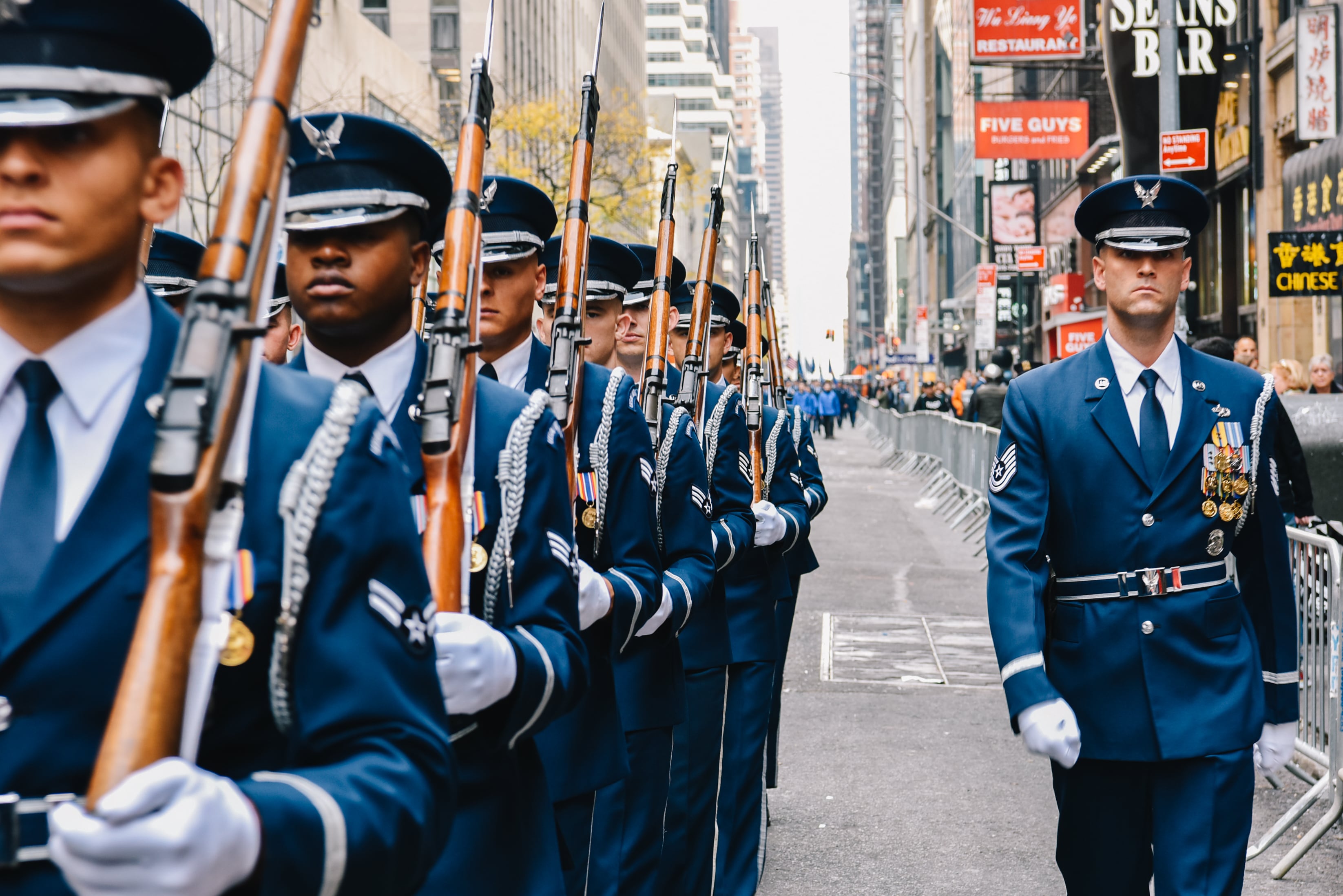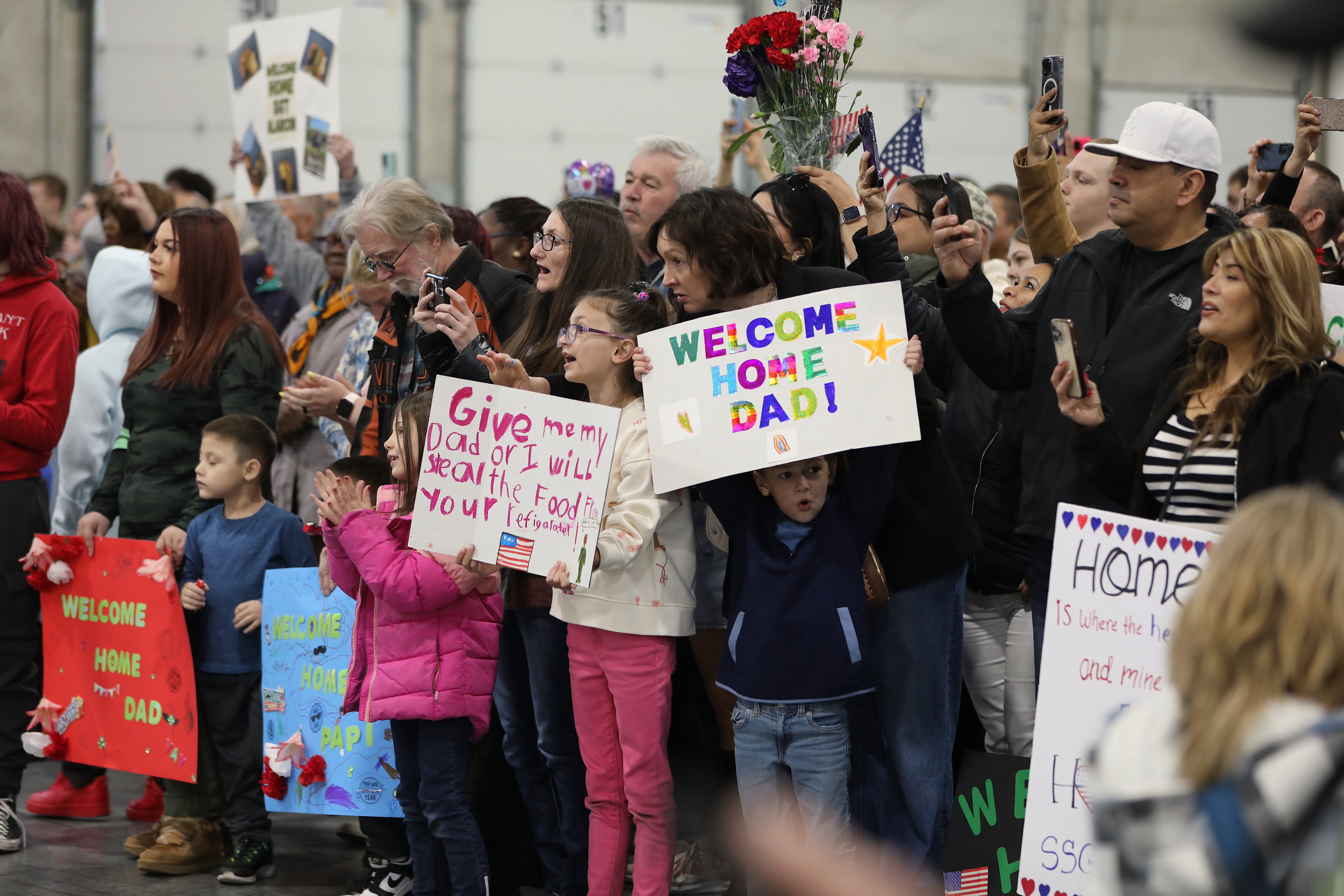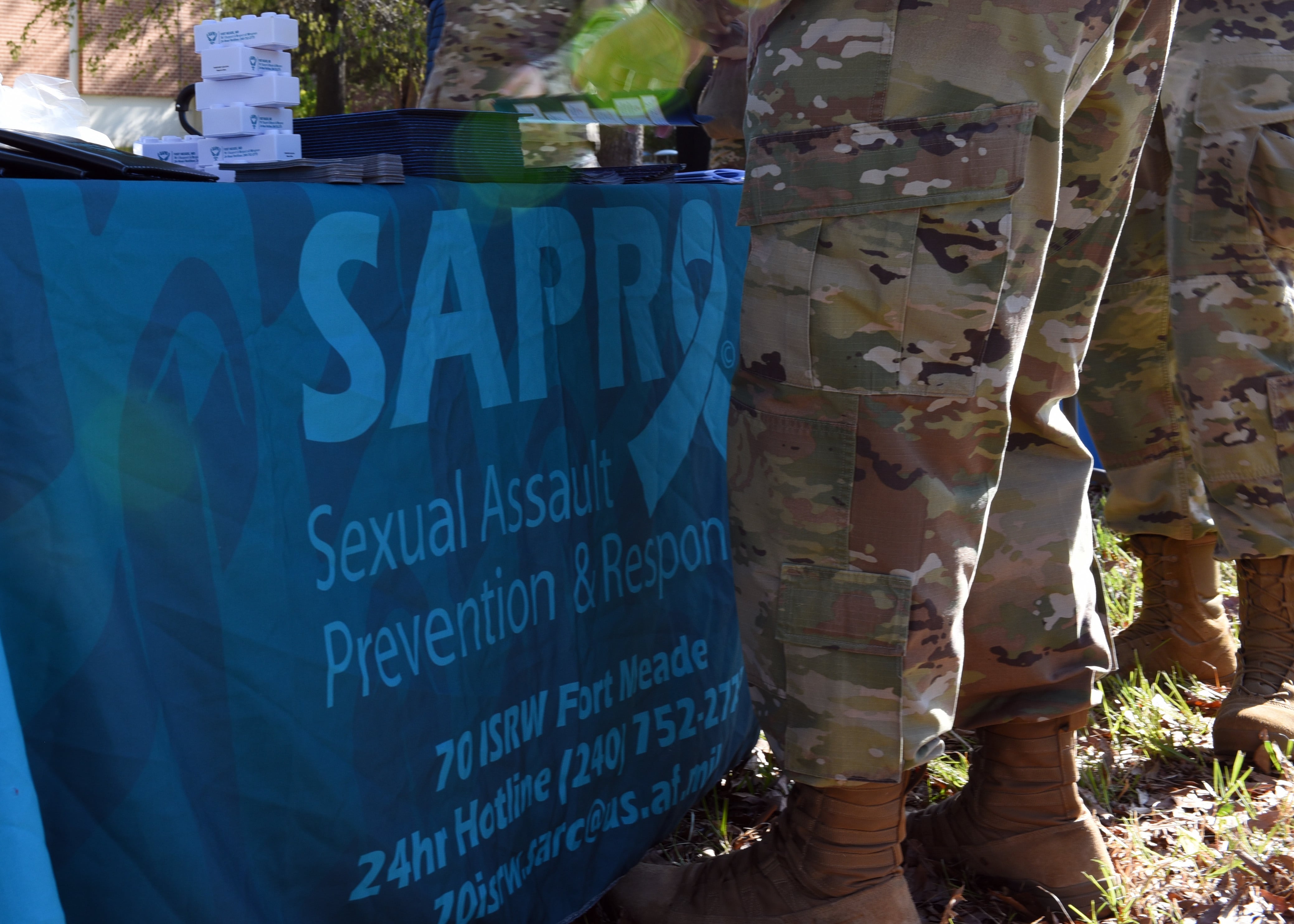Pararescueman Staff Sgt. Thomas Culpepper was on his first deployment in Afghanistan on May 26, 2011, when his team of six got the call that an IED blast had trapped Army Pathfinders.
For his actions that day — rescuing three soldiers surrounded by improvised explosive devices near the Pakistan border — he received the Distinguished Flying Cross with Valor, presented March 11.
Culpepper had deployed with the 58th Rescue Squadron out of Nellis Air Force Base, Nev. When he was finally hoisted back into the helicopter that day in Afghanistan, he remembers thinking, "We just got lucky."
Still getting intelligence in the air, Culpepper's HH-60G Pave Hawk and a second one had traveled from Kandahar to the blast scene in about an hour and found themselves hovering high 90 feet above two soldiers tending to one critically wounded soldier.
Culpepper, the team leader, went down with Staff Sgt. Nathan Vogel, 58th RQS, who hoisted the critically wounded patient up. The aircraft had repositioned to about 50 feet above the site.
As Culpepper was on his way up with the second soldier, the aircraft lost power.
"The hoist usually runs at a medium, steady speed ... but all of a sudden, I knew how fast that hoist could go because we started flying up through the air those last couple of feet," Culpepper said in an interview with Air Force Times.
The aircraft lost its lift being strained by the heat, weight and altitude, Culpepper said. The pilot called for a shear — to cut the cable and drop the men back onto the ground — but considering how high the men already were, and knowing the IEDs could go off with even the slightest movement below, the flight engineer moved quickly to get the two men up those last few feet. The aircraft had dropped from a 50-foot hover to "about a two- foot hover," Culpepper said.
"The pilot was lucky enough to recover, turning the helicopter near some terrain which gave them the wind and power needed [to propel] themselves up," said Master Sergeant Beau Wagner, 58th RQS, who was watching from the second helicopter. His team worked to hoist up the final soldier.
"All in all, we did what we're trained to do," Wagner told Air Force Times. "Things may happen and not go as they're supposed to, but thankfully, everyone from Tom all the way to the aircrew kept their head and worked well together."
The team landed with less than 200 pounds of fuel, making an emergency landing back at base. The team did everything they could to save the soldiers, but the soldier in critical condition eventually died from injuries he sustained on the ground.
"We know and all his buddies know that he got the best chance possible to come through that. ... No punches were pulled. Everything was put out there for him, but [his death] was unfortunate," Culpepper said.
Culpepper, who's been in the Air Force 10 years, at first, didn't believe he was receiving the Distinguished Flying Cross with Valor.
"I thought someone was joking around a little bit," he said. "Once it settled in, it felt kind of awkward actually. ... I mean, we all signed up for a job with the job description that we're going to do these things 'that others may live.' There are guys doing it right now, and there are guys who've been doing it for years," he said.
The Air Force is the only branch of service that awards the Distinguished Flying Cross with Valor for heroism while participating in aerial flight.
Culpepper, a Northern Virginia native, is on temporary assignment as a dive instructor with the 342nd Training Squadron Detachment 2 Air Force Combat Dive Course at Naval Support Activity Panama City, Fla., but hopes to get back to his pararescue duties after his assignment concludes in three years.
"I would not be in the Air Force if it wasn't for this job," Culpepper said. "I think that stands that way for all of us [pararescuemen]. I can't imagine a better thing to say is your job."





